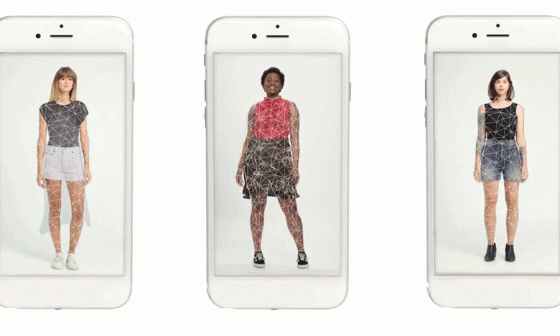Earning a loyal customer for your brand is not an easy task. You pool in all your resources to acquire a new customer, but once a customer makes their very first purchase with your brand, you need to work on getting them to return to your store. You slowly work on getting them to improve their average order value, the frequency of their visits, and eventually, they become a loyal, lifelong customer for your brand. And that’s when you really see your customer retention efforts finally bearing fruit.
But what are the factors that really go into converting a one-time buyer to a brand advocate? Let’s take a closer look at how your brand can improve customer retention, the touchpoints that contribute towards it, and the pitfalls that brands run into while trying to do this.
Improving Customer Retention
#1 Capturing Customer Information
The easiest but most important step when it comes to retaining a customer is capturing additional information right after their first purchase. Most brands already do this, but the importance of this first step cannot be stressed enough.
Having the email or contact information of a customer creates a direct channel for your brand to talk to them personally. But that’s not enough—as a brand, you need to actually focus on creating hyper-personalized messages and recommendations to improve your chances of retaining them.

In any case, email and text campaigns work. For as much as digital marketers like to talk about email as yesterday’s news, it’s still the workhorse for most brands.
The fact of the matter is that email is alive, well, and thriving. It’s a natural point of entry to an ongoing brand relationship once a consumer makes a purchase. It’s effective. It’s cost-efficient. And it represents the starting point for a personalized customer journey.
#2 Interacting With Customers on Owned Channels
That being said, for a truly effective customer retention program, brands must extend their personalization efforts beyond their own email communications to the platforms where people are spending most of their time.
That means getting your unpaid social ducks in a row and ensuring that you can identify your email customers within your social channels, and vice versa. Having rich and relevant information on third-party digital profiles is also a great way to get customers to discover and rediscover your brand.
Your website and mobile app are also a great source of communicating with your customers, and they’re of the last stop a customer makes before making another digital purchase. You can also use push notifications and other such channels to get them to take another look at your products/services.
#3 Using Paid Channels to Improve Customer Experience
Extending your knowledge of your customers into paid media isn’t just about creating seamless customer experiences (though that’s a vital piece). It’s also about safeguarding your ad spend and minimizing wasted impressions.
The good news is that brands are no longer resigned to targeting unknowns through their acquisition channels. All the heavy hitters in digital advertising—Facebook, Google, Amazon, and others—now enable first-party data retargeting that alleviates the past pains of incomplete cookie-matching processes.
The key, however, is to ensure the paid messaging being delivered to customers is reflective—in real-time—of their activities in other channels, including third-party unpaid channels where a great deal of brand interaction occurs today.
The Pitfalls of Improving Customer Experiences & Retention
Enterprises today are competing more on customer experience and less on products and services than ever before. Stats suggest that by 2020, customer experience will overtake price and product as the key brand differentiator.
As markets continue to fragment and competition grows increasingly fierce, it’s the companies that can rise above the noise and drive loyalty among their customers that are seeing the strongest growth. Unfortunately, understanding the importance of strong customer experiences—in particular, personalized customer experiences—doesn’t mean delivering them is simple.
The Barriers to Good Customer Experiences
Let’s examine where brands face the greatest challenges to customer retention today, and how they can think more comprehensively about engineering real-time customer experiences that boost loyalty and repeat business.
Brands today pay a lot of lip service to personalization, but the reality of most companies’ efforts aren’t living up to the desired outcome. Two common areas where brands struggle include:
1. Failure to personalize across channels
When a brand demonstrates that it can recognize a customer within one channel, but then fails to do so in another, the net result can be more detrimental than if no communications had been personalized.
2. Failure to centralize data
Siloed data in legacy systems can make it impossible to separate existing customers from prospects, leading to failed messaging and wasted paid and owned media spend.
A majority of brands today have enabled, if not mastered, personalization within certain channels of the customer experience, whether on their website, in their mobile app or in their email communications. The problem is that often that success doesn’t extend across all touchpoints, causing the customer journey as a whole to feel disjointed.
Food for Thought!
It’s vital that today’s enterprises create personalized customer journeys across the full scope of their touchpoints to improve customer retention. Uniting the complete customer journey across all the channels we mentioned is difficult, but only by doing that can brands hope to achieve the holy grail of marketing that they’ve long been seeking: true one-to-one customer connections that both build loyalty and drive sales.


